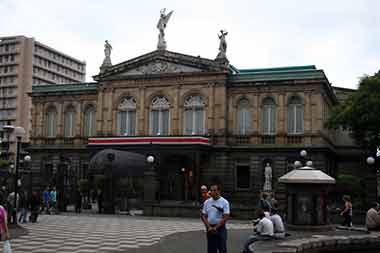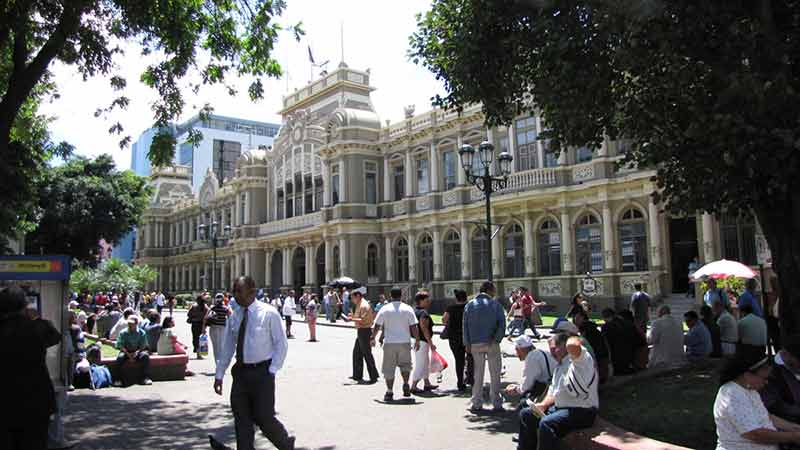History of Costa Rica 
In 1502, Christopher Columbus reached Central America
Another 60 years passed before Costa Rica was settled. The name Costa Rica, the rich coast, reflected an assumption about potential mineral resources. It turns out that no great natural resources have been found, but there are other “riches” in Costa Rica that live up to the reputation.
The first Spanish settlement in the country took place around 1560. Under the leadership of Juan de Cavallón, around 90 Spanish settlers with some dark-skinned slaves began to lay the foundation for the later colonial period in Costa Rica.
They founded “Garcimuñoz” inland. Two years later, in 1562, Juan Vásquez de Coronado moved Garcimuñoz to the foot of the Irazú volcano and named the new settlement “Cartago”; the new capital of the colony was founded. However, this phase ended quite quickly (there were probably not enough treasures to be found) and in 1821 the Declaration of Independence was published. 
From 1823 to 1838, Costa Rica was part of a Central American confederation with Mexico. In 1838, the independent republic was founded and independence was declared. For many years, various regimes came to power - some autocratic, but since 1889 (relatively) freely elected.
In 1948, almost 2,000 people died in a civil war. José Figueres Ferrer then founded the Second Republic - there were social reforms, women's suffrage and the abolition of the army. He limited the presidential term to 4 years and established an independent electoral commission to regulate future elections. In 1983, in view of the intensification of the civil war in Nicaragua, President Luis A. Monge announced his country's unarmed neutrality.
In the 1986 elections, sociologist and lawyer Oscar Arias Sánchez won the presidency of Costa Rica. Arias did everything he could to force the Contras out of the country and to implement Costa Rica's declaration of neutrality. The breakthrough came in 1987 with the signing of a peace plan by the 5 Central American countries. For this, Mr. Arias was awarded the Nobel Peace Prize in 1987. Arias handed over the presidency in 2010 to Laura Chinchilla, the first time in Costa Rica's history that a woman had served as the country's president. In 2014, Luis Guillermo Solis became President of Costa Rica.
The Battle of Santa Rosa
In 1971, Santa Rosa National Park was created to commemorate the Battles of Santa Rosa and Rivas.
The unscrupulous troop leader William Walker from North America did everything he could to turn the 5 Central American states into slave states and later incorporate them into the territory of the southern states of the USA. In March 1856, the army of belligerent outlaws set out and advanced south from Nicaragua to Costa Rican territories.
Fortunately, Costa Rica was informed in time by its representative in Washington and prepared for a fight. Mercenaries and militarily inexperienced small farmers armed themselves and headed north until they finally met the invading troops in Santa Rosa on March 20, 1856. Thanks to the extremely courageous army drummer Juan Santamaria, who advanced to the enemy camp and set fire to the enemy's hiding place, a fort made of wood, the invaders were defeated and put to flight after a short time.
As a result, Costa Rica recorded a legendary victory, its own independence. Even today, Juan Santamaria is celebrated as a national hero and the San José international airfield is named in his honor. William Walker, who was not involved in the battle, was criminally shot a few years later.
Another 60 years passed before Costa Rica was settled. The name Costa Rica, the rich coast, reflected an assumption about potential mineral resources. It turns out that no great natural resources have been found, but there are other “riches” in Costa Rica that live up to the reputation.
The first Spanish settlement in the country took place around 1560. Under the leadership of Juan de Cavallón, around 90 Spanish settlers with a few dark-skinned slaves began to lay the foundation for the later colonial period in Costa Rica.
They founded “Garcimuñoz” inland.




